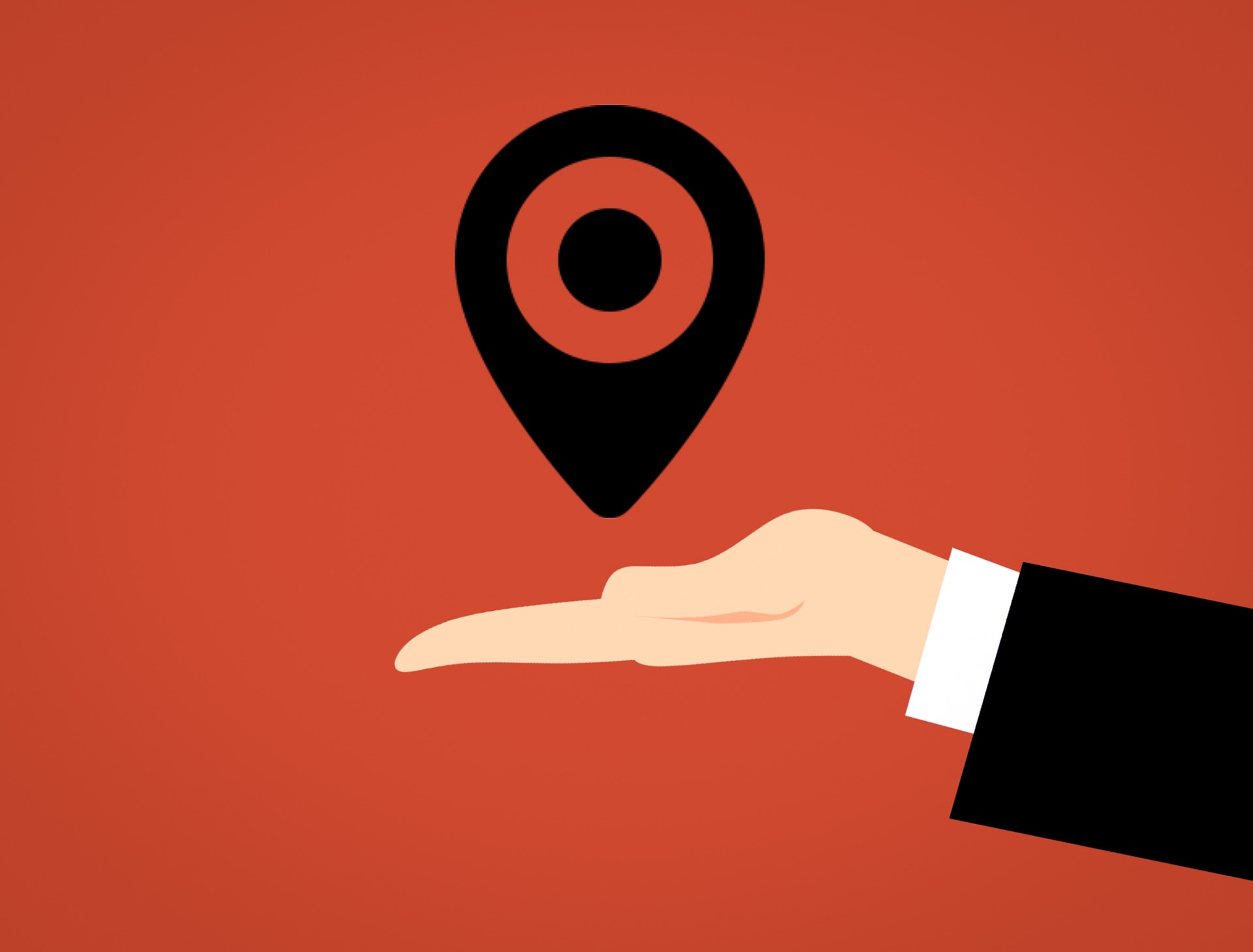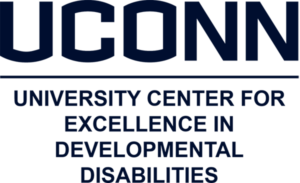BlindWays & Be My Eyes… Apps For Independence!

GPS technology is only accurate to within 30 feet or so – not a problem for sighted commuters, but that “last 30 feet of frustration” could mean missing the bus entirely for those who are blind or have low vision.
Funded by a $750,000 Google Grant, Perkins Solutions, the technology arm of the Perkins School for the Blind in Watertown, Mass., proposed BlindWays, a mobile app that provides visually impaired commuters with clues and landmarks for each stop, crowd-sourced from sighted users.
BlindWays is just one of many recent app store entries marketed toward the visually impaired. The tech industry has long offered solutions to help people with disabilities maintain their independence. But with the rise of smartphones, clunky and expensive devices designed for just one purpose have given way to more accessible – and affordable – apps.
What’s more, the near ubiquity of smartphones has made it easy for sighted users to lend a hand, making sure that apps like BlindWays stay up to date, while taking a few moments out of their day to put themselves in another person’s shoes. Since the app’s launch, volunteers have submitted some 6,000 clues for Greater Boston’s 8,000 bus stops.
Another app, Be My Eyes, which went live in 2015, establishes a direct video connection between visually impaired users and sighted volunteers. The premise is simple: Many people who are blind don’t need any actual assistance in completing their daily tasks, but merely need a little help.
A sighted volunteer might be asked to help identify which of
two cans contains tomatoes. In this case, the visually impaired user can cook a meal just fine on his own – all he needs is a quick confirmation that he has the correct can. The model appears to be working; more than 540,000 volunteers and nearly 40,000 people with low vision are registered on the app.
“An elderly woman can now help a visually impaired technician set up his computer,” says founder Hans Wiberg, who has very low vision. “She doesn’t need to know a thing about computers. She only needs to read what pops up on the screen. He can do the rest.”
Early assistive technology centered on dedicated devices, which, because of the niche market, sold for hundreds or even thousands of dollars. But the smartphone, multipurpose and near-ubiquitous, has completely changed the economy of scale.
“There are larger market forces driving high-powered computation, high-quality engineering, and high-quality battery management in the smartphone market than there would be in a specialty product,” says Aaron Steinfeld, a research professor at the Robotics Institute at Carnegie Mellon University.
Cost matters when it comes to assistive technology. Only about 40 percent of adults with significant vision loss were employed in 2014, according to a report by the National Federation of the Blind, and more than 30 percent lived below the poverty line.
For more information on BlindWays and Be My Eyes visit their websites and explore the possibilities!

